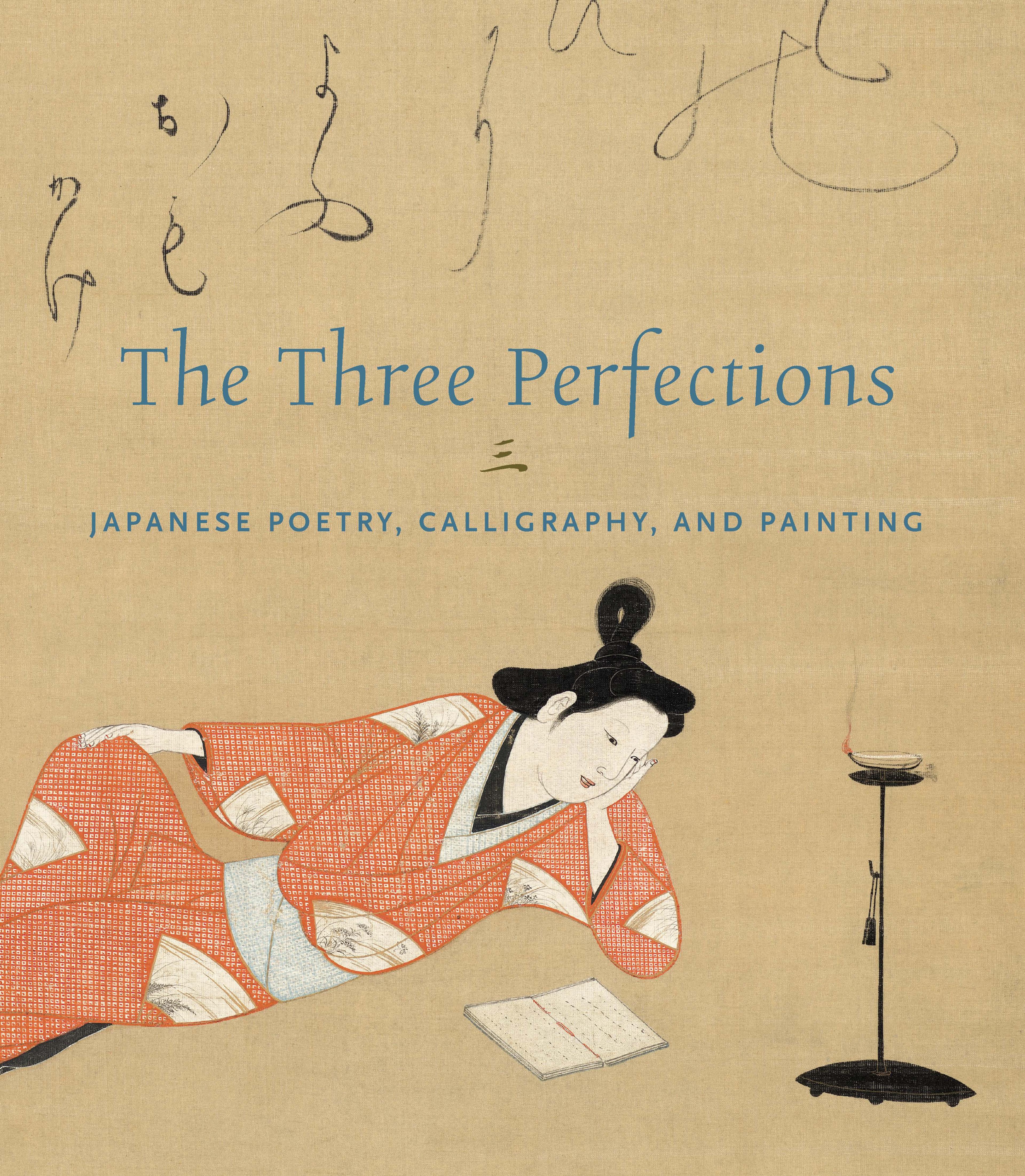Orchid Pavilion Gathering
This painting of the fourth-century Orchid Pavilion Gathering by Ike no Taiga, one of the foremost literati painters, depicts scholars engaging in poetic composition beside a meandering stream. Taiga expanded on the traditional scene of drinking while drafting poetry by incorporating activities associated with the early eleventh-century West Garden Gathering: the scholars write on the surface of a cliff and practice the sangen, a three-stringed lute Taiga himself was known to play. His detailed portrayal draws viewers into the joy and tranquility of the event.
Above the landscape, Taiga inscribed Wang Xizhi’s famous preface to the poems that were composed at the gathering. However, instead of mimicking Wang’s style, Taiga executed the text in his own individualized manner.
Above the landscape, Taiga inscribed Wang Xizhi’s famous preface to the poems that were composed at the gathering. However, instead of mimicking Wang’s style, Taiga executed the text in his own individualized manner.
Artwork Details
- 池大雅筆 蘭亭修禊図
- Title:Orchid Pavilion Gathering
- Artist:Ike no Taiga (Japanese, 1723–1776)
- Period:Edo period (1615–1868)
- Date:1765
- Culture:Japan
- Medium:Hanging scroll: ink and color on paper
- Dimensions:Image: 54 3/8 × 23 7/16 in. (138.1 × 59.5 cm)
Overall with mounting: 80 1/8 × 32 1/16 in. (203.5 × 81.5 cm) - Classification:Paintings
- Credit Line:Mary and Cheney Cowles Collection, Gift of Mary and Cheney Cowles, 2024
- Object Number:2024.412.12
- Curatorial Department: Asian Art
More Artwork
Research Resources
The Met provides unparalleled resources for research and welcomes an international community of students and scholars. The Met's Open Access API is where creators and researchers can connect to the The Met collection. Open Access data and public domain images are available for unrestricted commercial and noncommercial use without permission or fee.
To request images under copyright and other restrictions, please use this Image Request form.
Feedback
We continue to research and examine historical and cultural context for objects in The Met collection. If you have comments or questions about this object record, please contact us using the form below. The Museum looks forward to receiving your comments.
